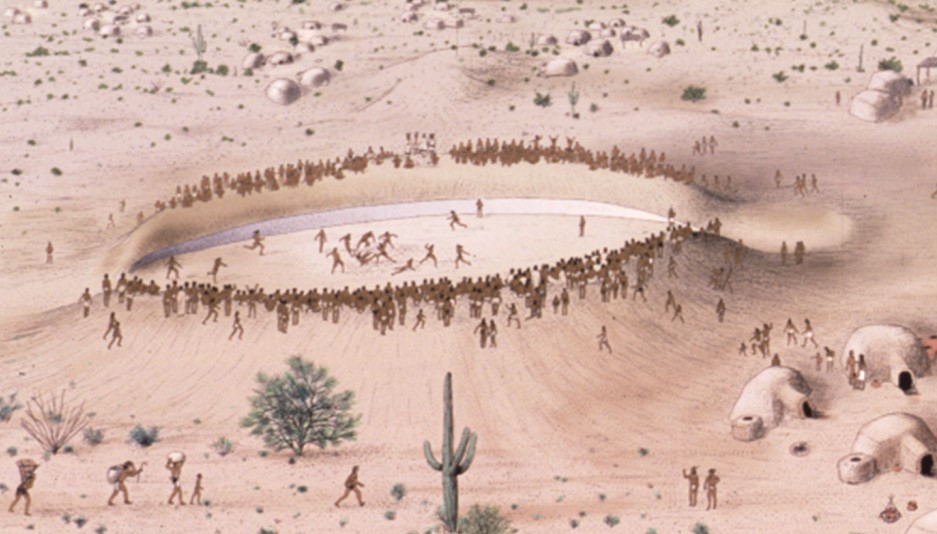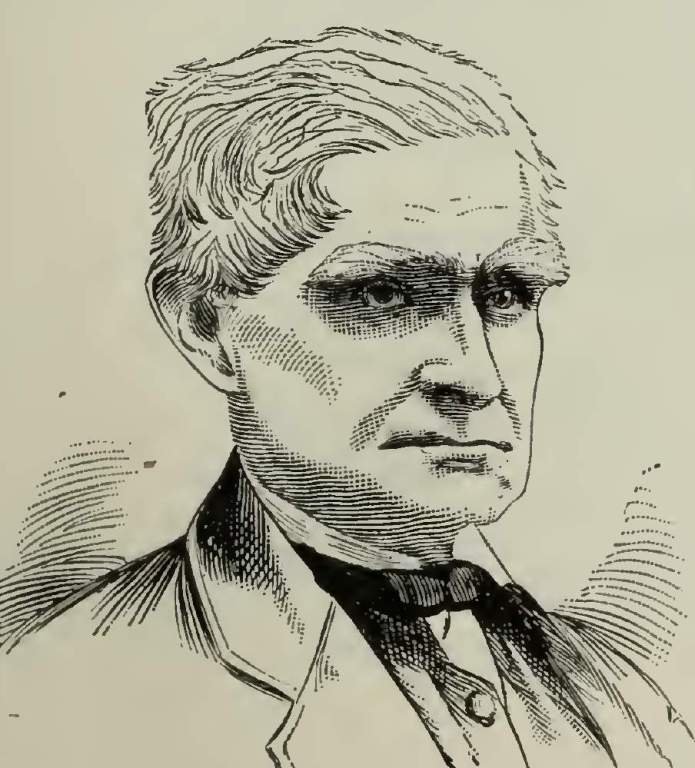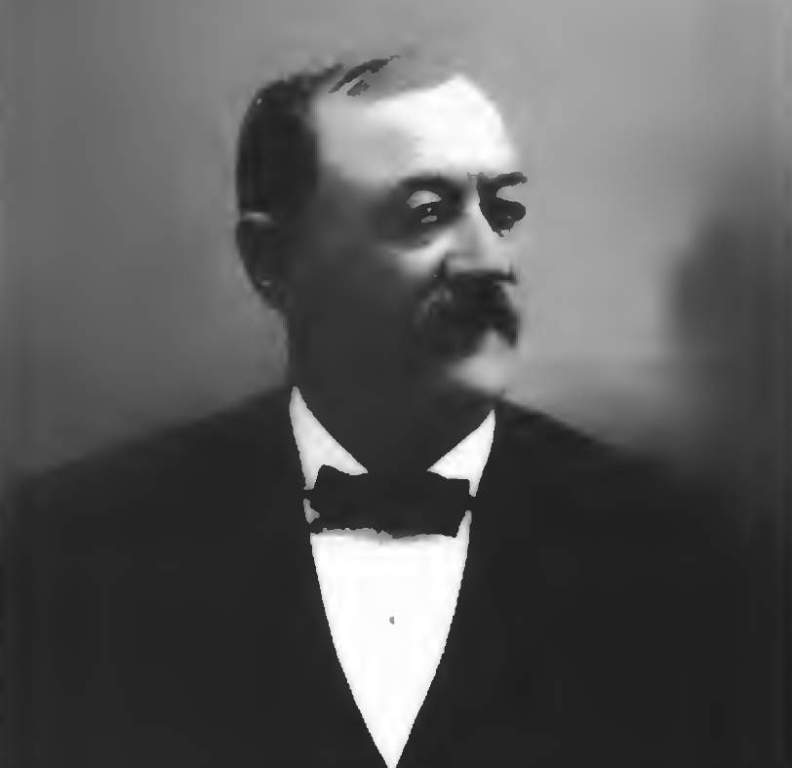What is now ancient origins resurfaced in southern Arizona was the core area of Hohokam culture along the Gila and Salt Rivers. The Living Legacy of the Hohokam culture is pronounced ho-HO-kum, and it means “vanished ones” in AKIMEL O’ODHAM (PIMA). During the ancient period between 100 B.C. and A.D. 1500, their culture thrived rapidly. Despite slow-flowing rivers and rugged volcanic hills, the area that was once the home of the Hohokam Indians is now a torrid desert. Hohokam Indians developed an incredible irrigation system to take advantage of the sandy soil.
To divert water from rivers to fields of corn, beans, squash, tobacco, and cotton, they dug wide, shallow canals as long as 10 miles, and they built dams out of woven mats. They grew enough food to support a large population of people because of advanced farming techniques. Near Phoenix, there was a principal Hohokam village called Snaketown, which had 100 pithouses. One of the largest settlements east of Snaketown was Point of Pines.

Moreover, Pithouses are actually built onto the ground. The wall of the house was built after a shallow hole was dug three feet deep. Vertical beams were used for the walls and roof. The space between the beams would have been filled with smaller branches and grass. A mixture of mud and sand would have covered the house. Arizona’s climate suited this type of house. During the summer, pithouses remained cooler, while during the winter, they remained warm. There are a lot of these types of houses in Arizona.

Read More – New Netherland – Dutch 17th Century Overseas Colonies Empire
Hohokam culture built houses that resembled Mogollon pithouses in construction, but they were shallower and larger. Several rubber balls as well as the remains of two sunken ball courts have been discovered at Snaketown. There is evidence that the Hohokam and Mesoamerican cultures were connected by a ball game.
Several other artifacts and customs indicate influences from the south, including red and pale yellow coiled pottery, colorful textiles, mirrors that were inlaid with shiny minerals into stone disks, copper bells, stone palettes incised with designs probably used in rituals, earthen pyramids, and macaws kept in the home. Approximately a thousand years ago, the Hohokam people began practicing etching. Among their accomplishments were the first farms, houses, and pottery made in the Southwest, as well as the first acid-resistant pitch-covered shells. The culture of their ancestors flourished between 300 B.C. and A.D. 1300.

Among the Mogollon Indians’ crops were corn, beans, squash, tobacco, and cotton, which they cultivated in the high valleys of the rugged mountains. Primitive digging sticks were used to prepare the soil. Besides gathering wild food plants, they hunted small game in the high country. Using bows and arrows around the year 500 made hunting more convenient. As a result of farming, Mogollon Indians were able to live in one place throughout the entire year.
Their villages were located near mountain streams or along ridges where they could easily defend themselves from raiders. Pithouses, where the ground served as a natural insulator, were specially designed to withstand the extreme temperatures of the region. Wooden logs, walls, reeds, saplings, and mud made up the frameworks of these structures. Known as kivas, the largest served as social centers and ceremonial centers.

Read More – Esopus Wars – Conflict between European Settlers and Natives in North America
Brown pottery was the earliest form of Mogollon pottery. Rolling the clay into thin strips and coiling it into pot shapes was the Indians’ method of shaping it. In the oven, they baked the pot after smoothing it over, covering it with clay slip, and finally baking it. In the late stages of their history, Mogollon Indians painted intricate designs on their pottery. The Mimbres culture, a subculture of the Mogollon, produced black-on-white pottery around A.D. 900.
As well as weaving baskets from plant matter, Mogollon Indians also made baskets from animal hides. To weave clothing and blankets, they used cotton or animal fur that they cultivated. Decorations included feathers. Wood, stone, bone, and shell were also common materials for Mogollon Indian tools and ornaments. An acid solution made from fermented saguaro cactus fruit was used to soak the shells in after carving designs on the pitch. Their designs were etched into the shell’s surface after they removed the pitch coating.







